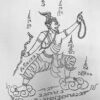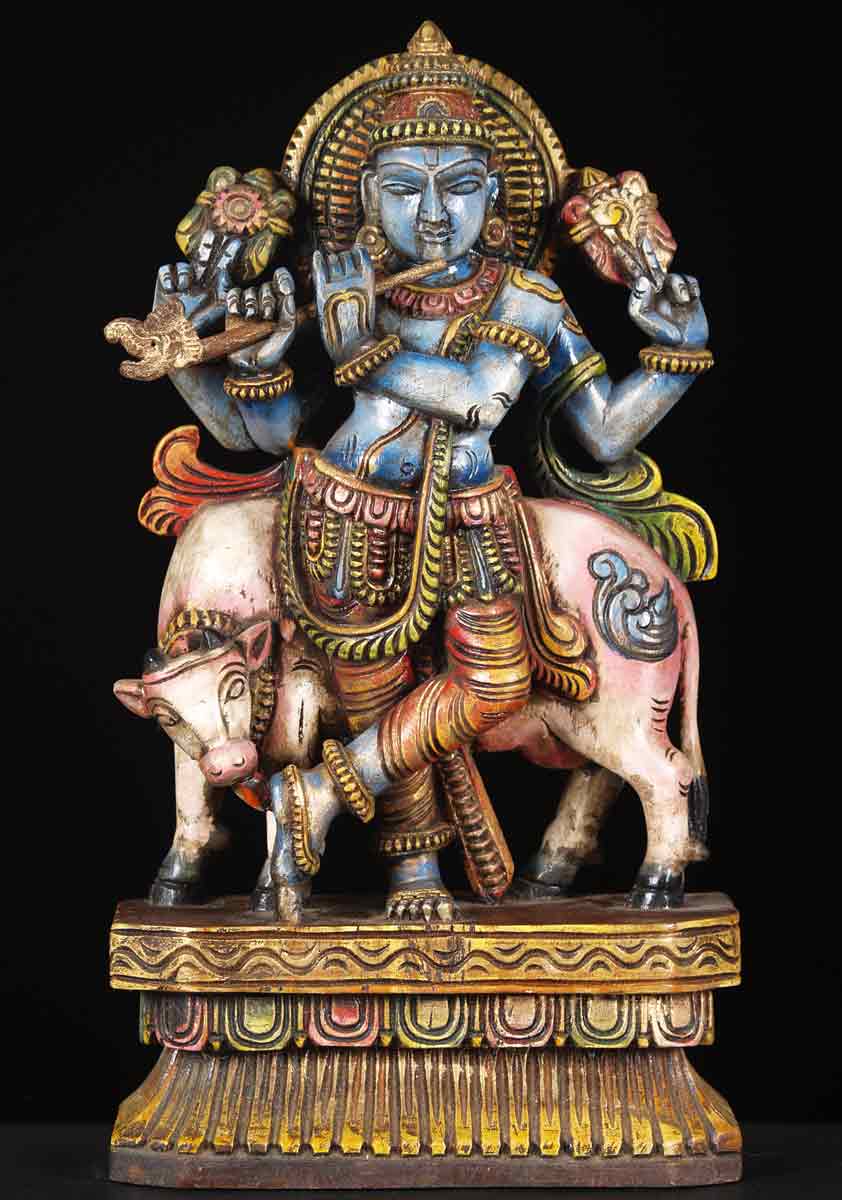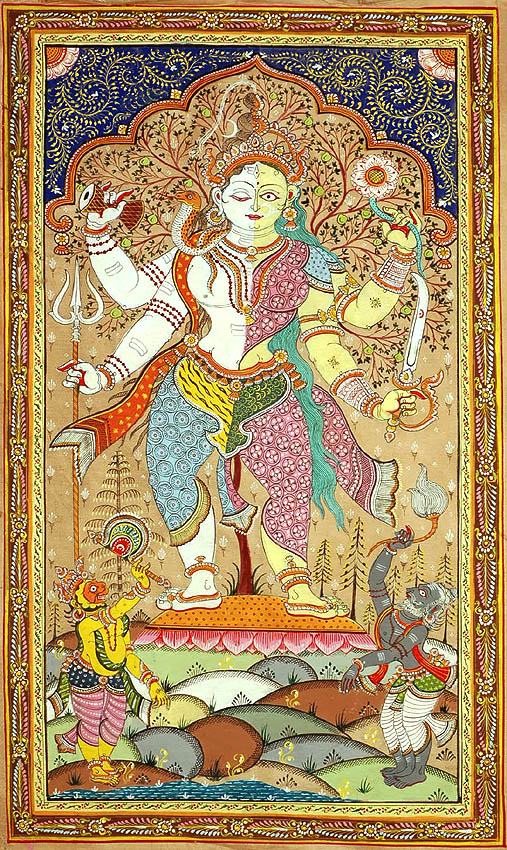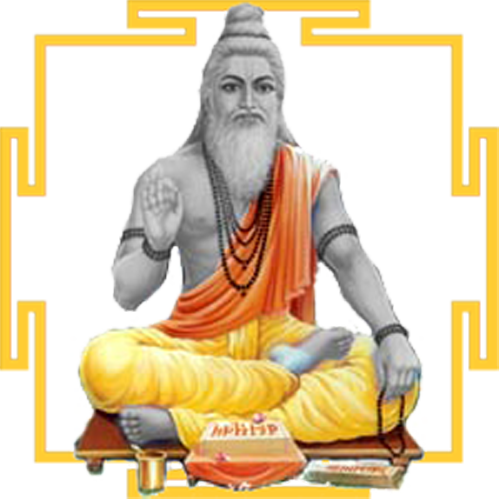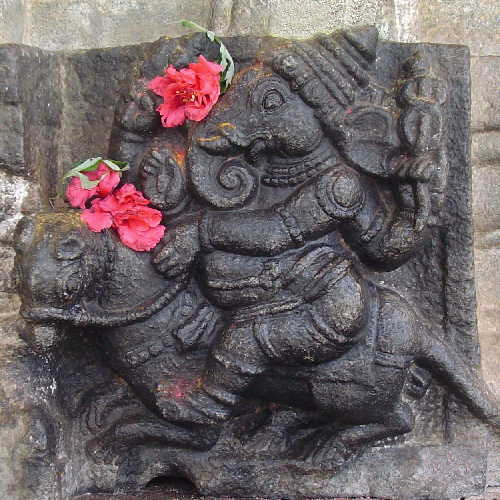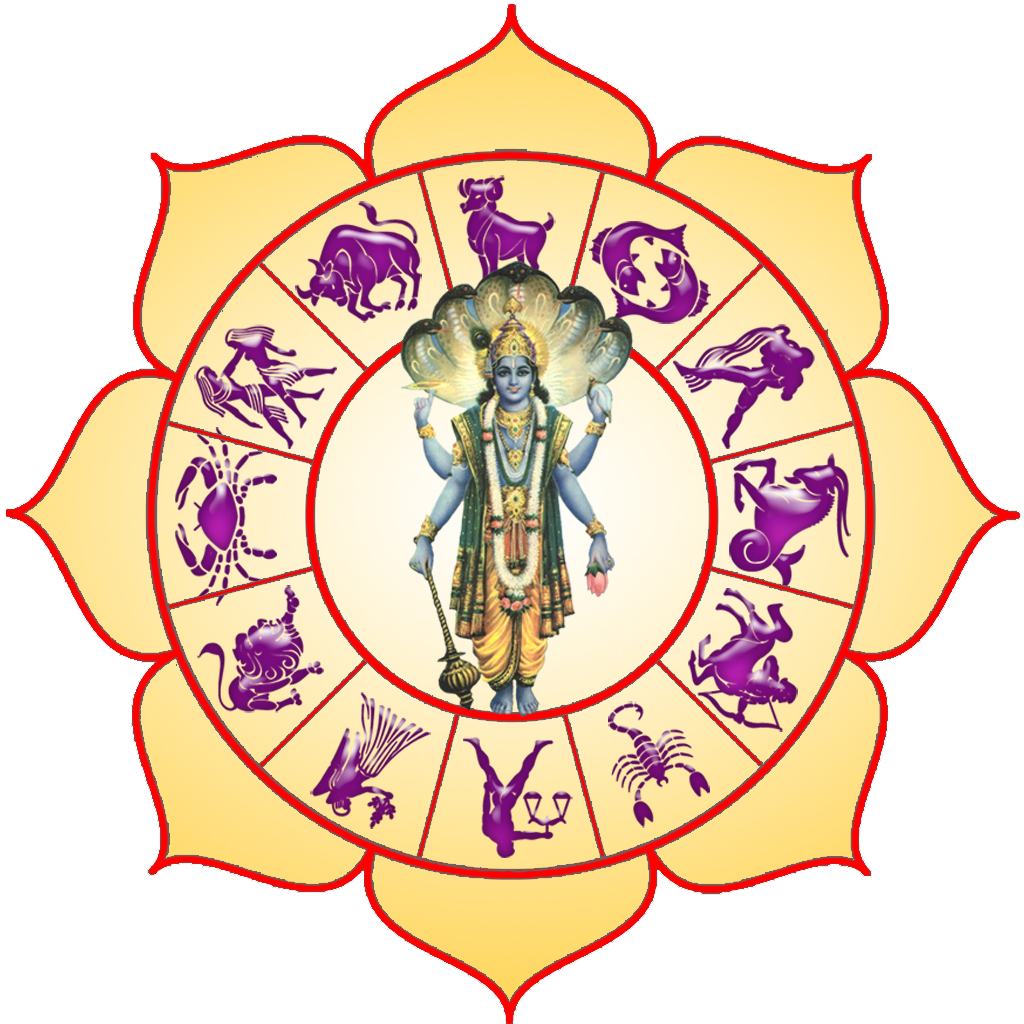Time Required
How many hours by week i.e. how much time is required? Also in which month (approx) the contact program will be held?
Answer: You can study the course at your own pace as each individual has their own time and method of learning a subject. In the vedic studies, it is best advised to wake up early at 4 – 4.30am and start studying at 5am. That way you can put in about 1-2 hours every morning when there is no disturbance and the mind is also well rested and free from the days energy. This early morning has






